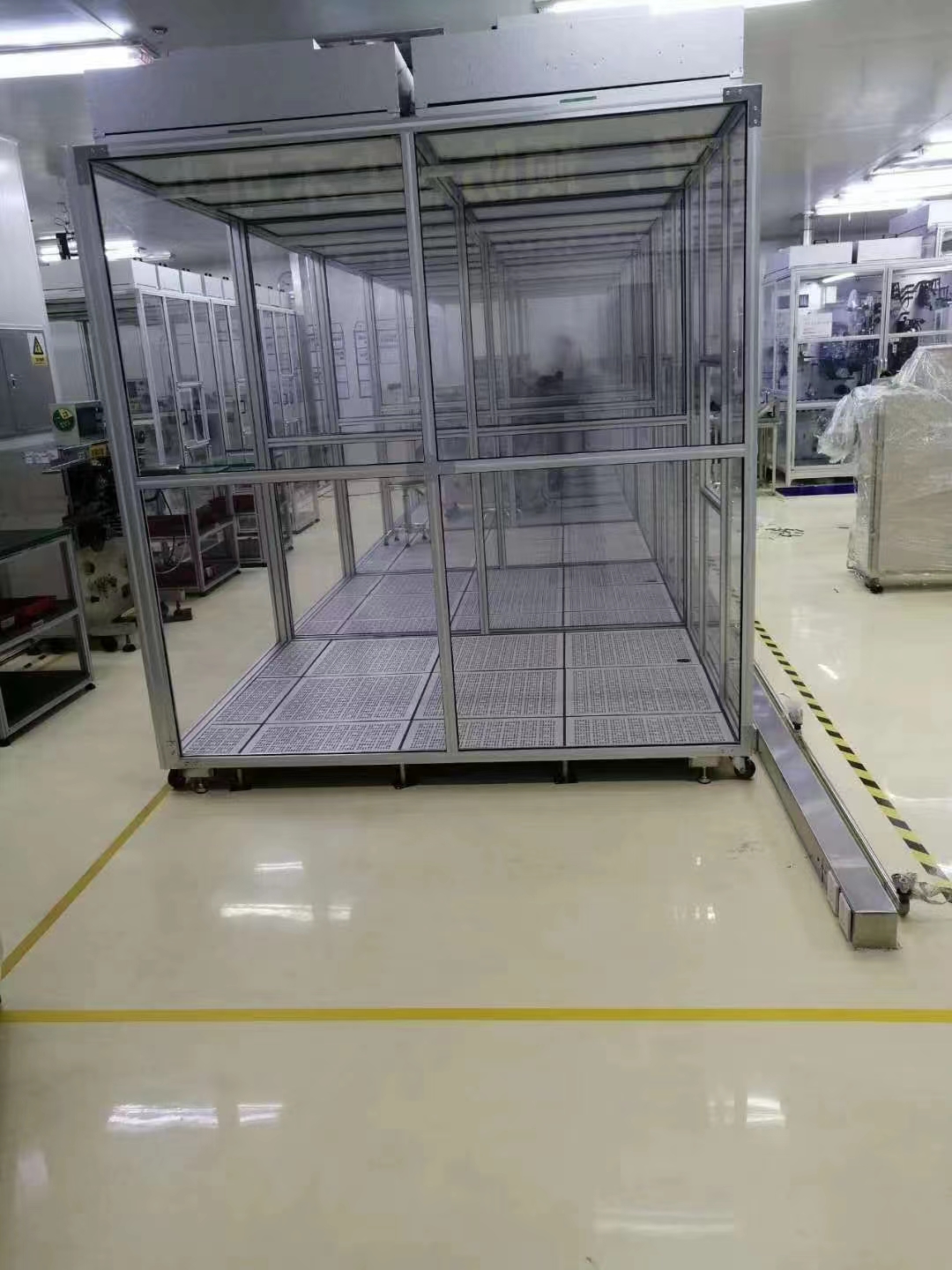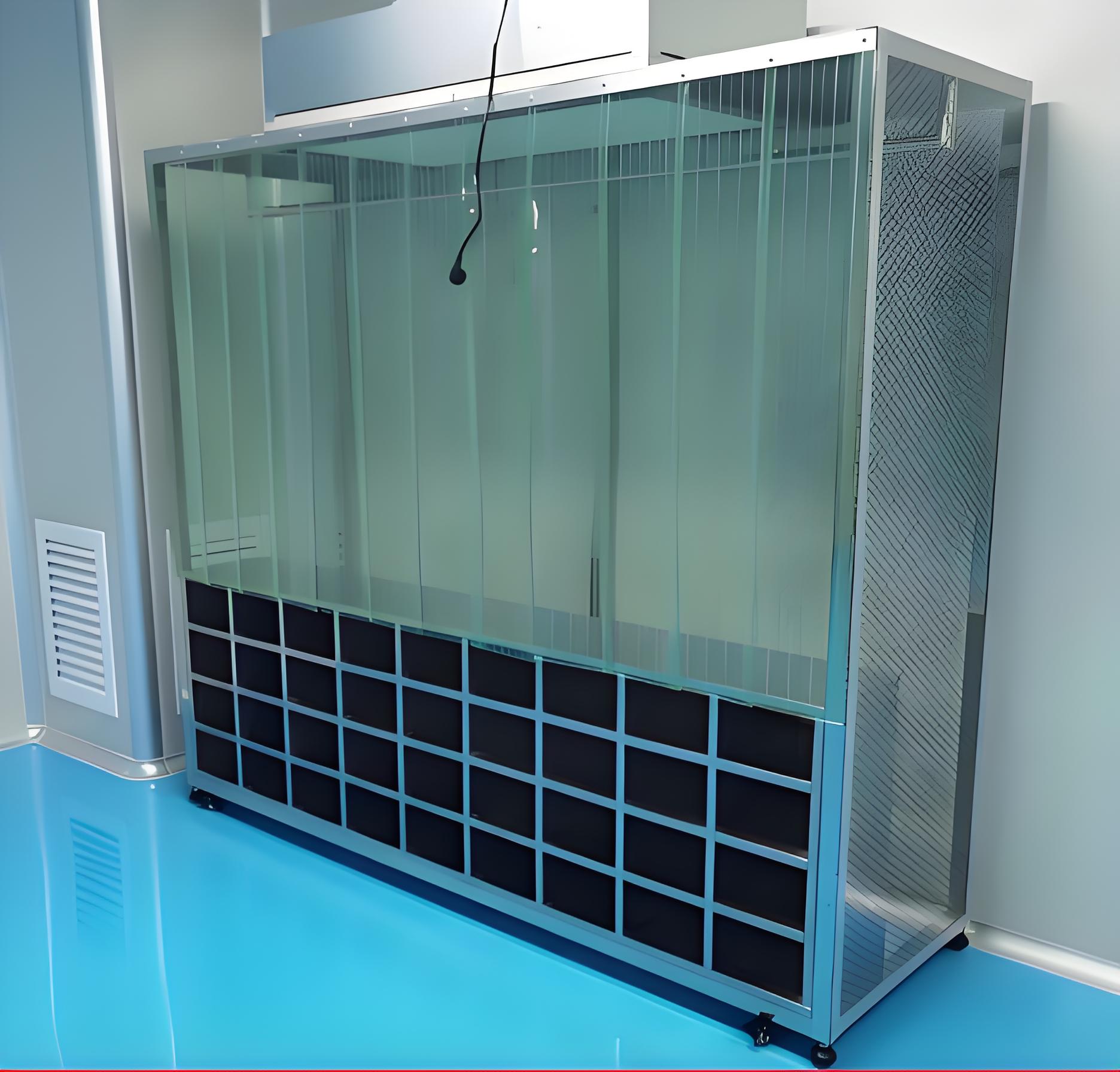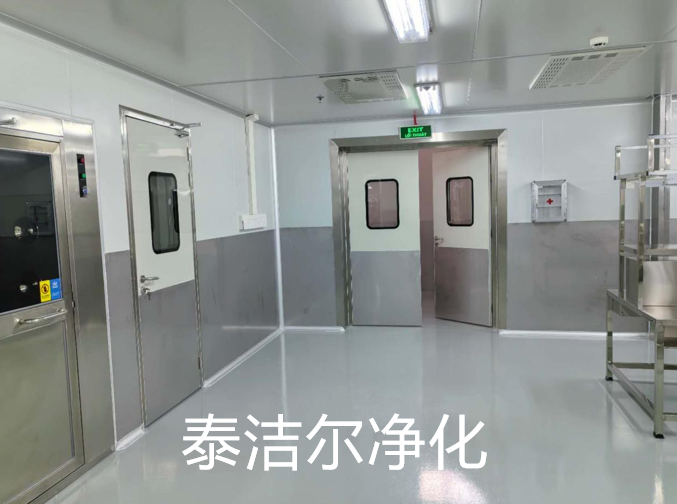
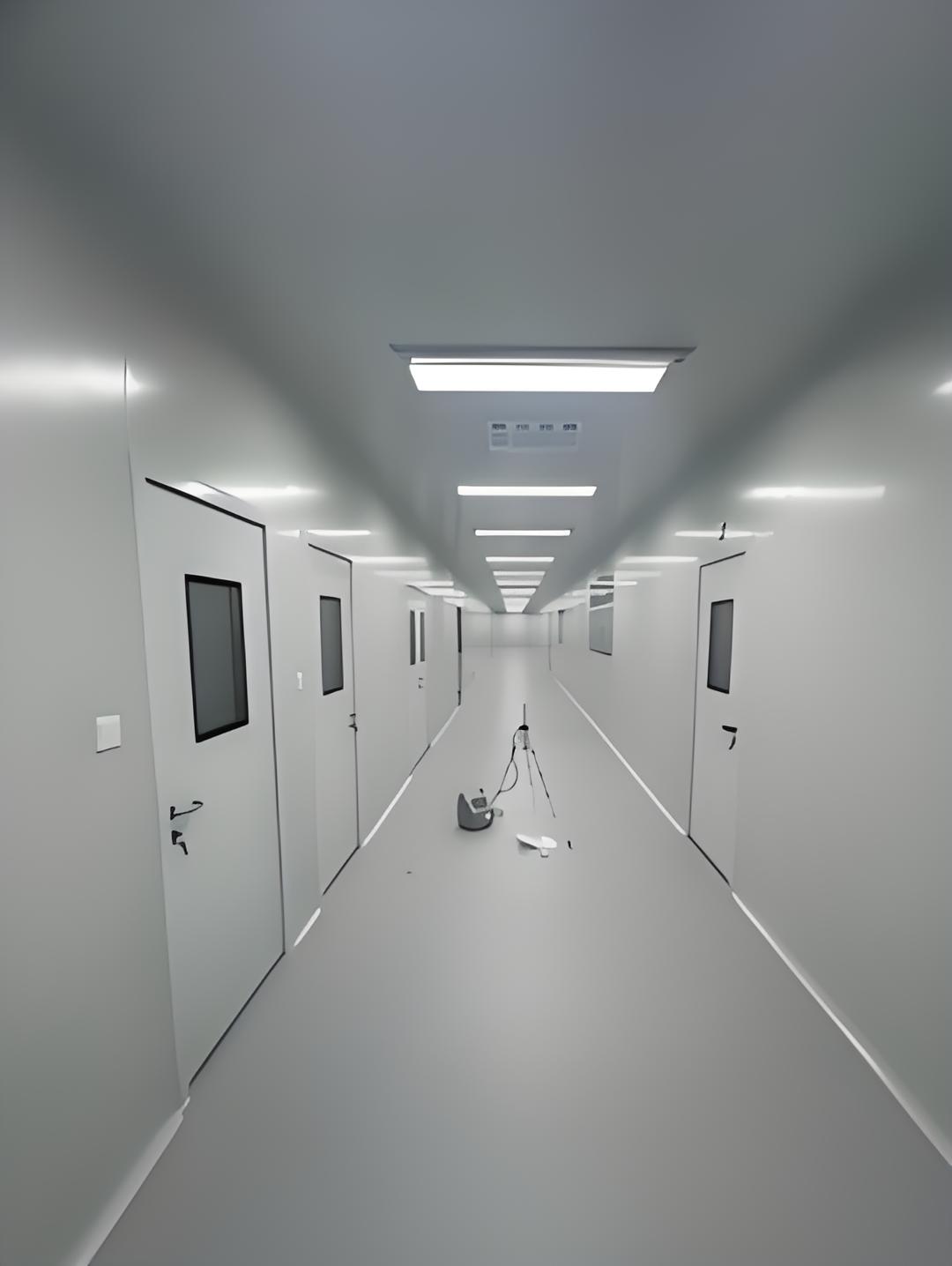
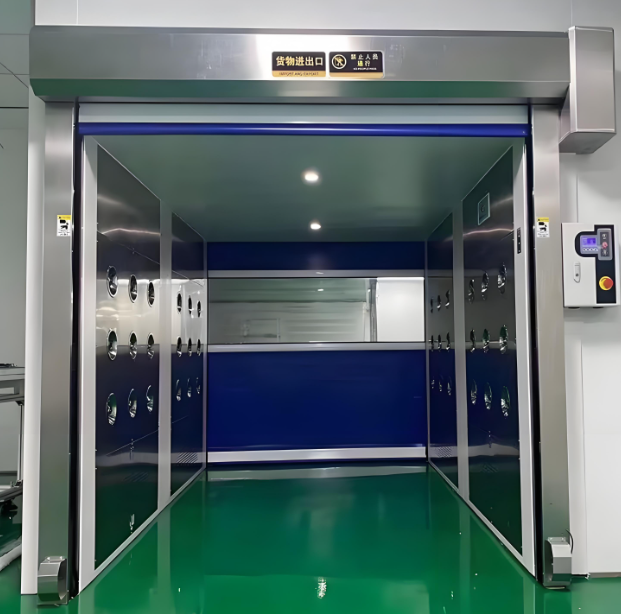
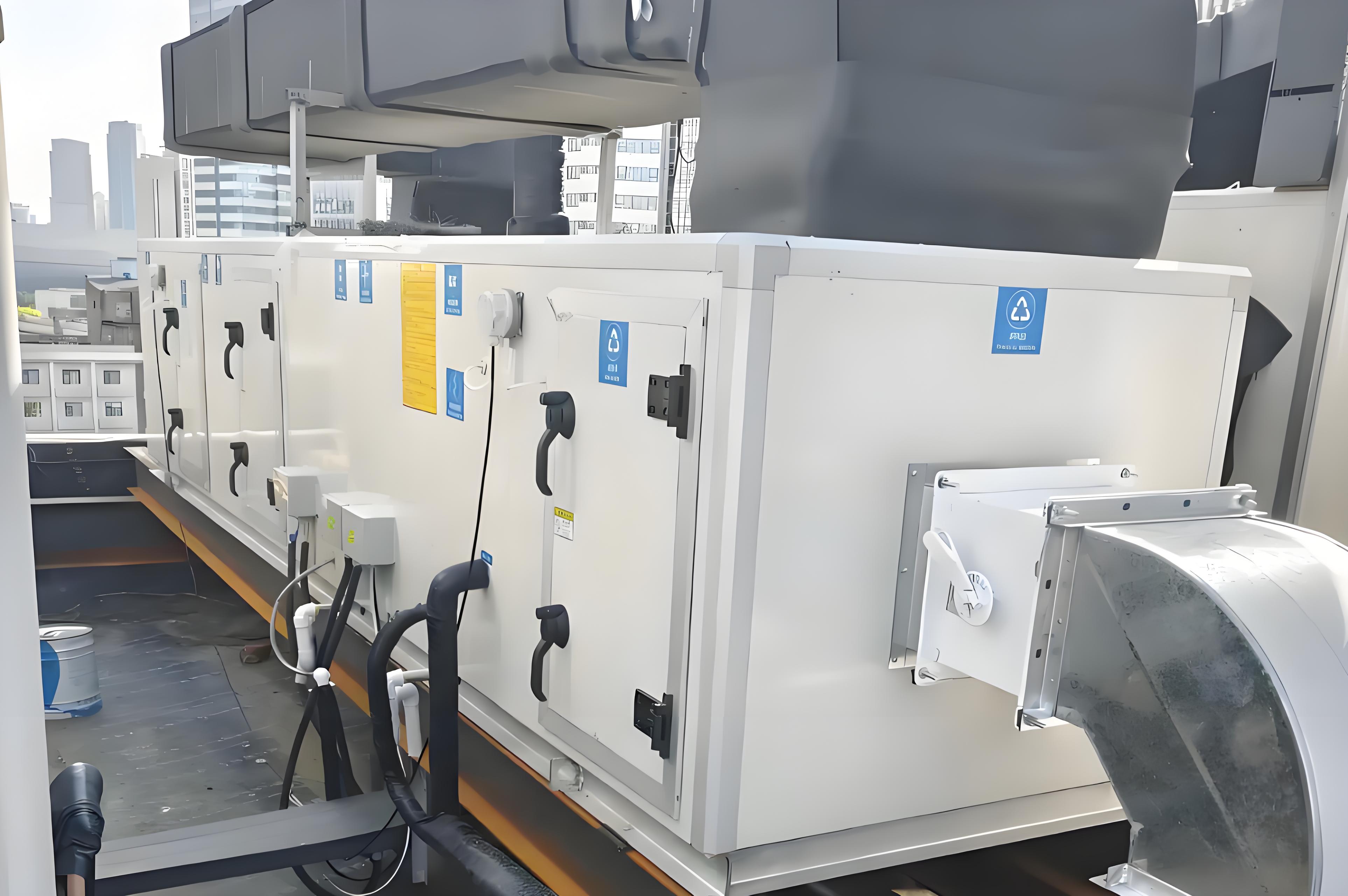
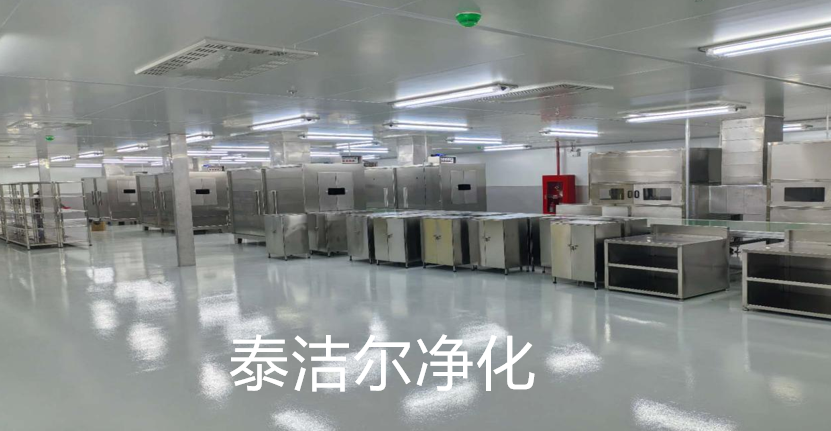
In today's highly regulated sectors like pharmaceuticals, biotechnology, and healthcare, sterile room design is paramount for ensuring product safety, compliance, and operational efficiency. A well-executed design minimizes contamination risks, adheres to stringent standards, and supports seamless production processes. Whether you're upgrading an existing facility or building from scratch, understanding the nuances of sterile room design can make or break your project's success. This article delves into key considerations, incorporating insights from industry practices, and highlights the role of specialized services such as a Sterile Room Design Consultant, Aseptic Room Design and Build, Sterile Facility Turnkey Contractors, and cGMP Sterile Room Design. By the end, you'll have a clearer roadmap for implementing a robust sterile environment, with real-world examples from TAI JIE ER, a renowned name in international cleanroom engineering.
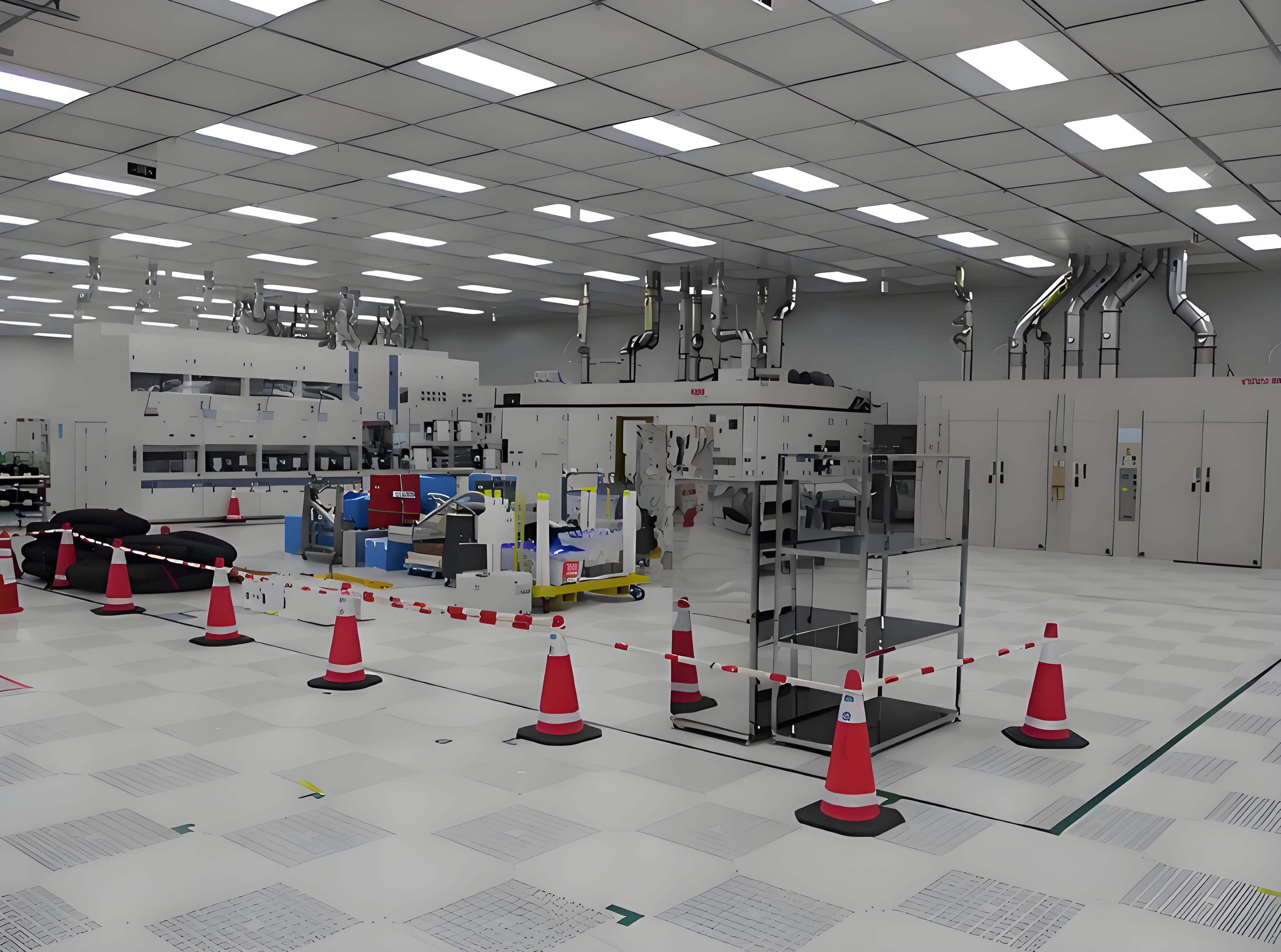
Sterile room design involves creating controlled environments that limit particulate and microbial contamination to specified levels. This is crucial in industries where even minor contaminants can compromise product integrity, such as in drug manufacturing or medical device production. The design process integrates elements like airflow systems, material selection, and layout planning to maintain aseptic conditions. A typical sterile room design must account for factors like temperature, humidity, and pressure differentials, ensuring compliance with global standards like ISO 14644 and FDA guidelines. For instance, in pharmaceutical settings, a focus on cGMP Sterile Room Design is essential to meet Good Manufacturing Practices, which emphasize quality control and documentation. Engaging a Sterile Room Design Consultant early can help identify potential pitfalls, such as inadequate ventilation or inefficient workflow, saving time and costs in the long run. Moreover, a holistic approach to sterile room design considers future scalability, allowing facilities to adapt to evolving regulatory demands or production increases. By prioritizing these fundamentals, businesses can achieve environments that not only protect products but also enhance worker safety and productivity.
A Sterile Room Design Consultant plays a pivotal role in translating client needs into functional, compliant designs. These experts bring specialized knowledge in regulatory requirements, risk assessment, and technological integrations, ensuring that every aspect of the sterile room design aligns with industry benchmarks. For example, they might recommend high-efficiency particulate air (HEPA) filters or laminar airflow systems to maintain air quality, while also advising on material compatibility to prevent chemical interactions. In complex projects, a Sterile Room Design Consultant collaborates with architects and engineers to optimize space utilization, reducing cross-contamination risks. Their input is invaluable in phases like feasibility studies and validation, where they help define critical parameters for sterility. Companies like TAI JIE ER often employ such consultants to oversee projects from conception to completion, ensuring that designs meet both client specifications and international standards. By leveraging their expertise, organizations can avoid common mistakes, such as overdesign or non-compliance, ultimately leading to faster approvals and lower operational costs. In essence, a Sterile Room Design Consultant acts as a bridge between theoretical standards and practical implementation, making them indispensable for any serious sterile room design initiative.
Aseptic Room Design and Build refers to an integrated approach where design and construction are handled under a single umbrella, streamlining the process and reducing coordination gaps. This method is particularly beneficial for time-sensitive projects, as it ensures continuity from planning to execution. The first step in Aseptic Room Design and Build involves a detailed assessment of client requirements, including the intended use of the room (e.g., fill-finish operations or sterile packaging). Next, designers create blueprints that incorporate elements like airlocks, sanitization stations, and monitoring systems to uphold aseptic conditions. During the build phase, contractors focus on precision installation of components such as cleanroom panels and HVAC systems, often using modular techniques for flexibility. A key advantage of Aseptic Room Design and Build is its ability to facilitate real-time adjustments; for instance, if unexpected site challenges arise, the team can modify designs without significant delays. TAI JIE ER, with its global experience, excels in delivering turnkey Aseptic Room Design and Build solutions that emphasize energy efficiency and sustainability. By adopting this approach, companies can achieve faster project timelines, reduced costs, and enhanced compliance, all while maintaining the integrity of the sterile room design.
Sterile Facility Turnkey Contractors offer end-to-end services, managing everything from design and procurement to construction and commissioning. This model is ideal for organizations seeking a hassle-free experience, as it minimizes the need for multiple vendors and simplifies accountability. In sterile room design, these contractors bring a wealth of experience in handling complex requirements, such as integrating automated monitoring systems or ensuring seamless utility connections. One major benefit of working with Sterile Facility Turnkey Contractors is their ability to provide cost-effective solutions through standardized processes and bulk sourcing of materials. They also ensure that projects adhere to timelines, thanks to their coordinated teams and risk management strategies. For example, in a recent project by TAI JIE ER, Sterile Facility Turnkey Contractors delivered a state-of-the-art sterile facility within budget, incorporating advanced features like real-time particle counters and gowning protocols. This comprehensive service not only accelerates project completion but also enhances quality control, as the same team oversees all phases. When selecting Sterile Facility Turnkey Contractors, it's crucial to evaluate their track record in similar industries and their familiarity with standards like cGMP Sterile Room Design. By partnering with reputable contractors, businesses can achieve a seamless transition from concept to operational facility, ensuring long-term reliability in their sterile room design.
cGMP Sterile Room Design focuses on meeting Current Good Manufacturing Practices, which are mandatory in sectors like pharmaceuticals and biologics. This approach emphasizes documentation, validation, and continuous monitoring to ensure product quality and patient safety. In practice, cGMP Sterile Room Design involves rigorous protocols for equipment calibration, personnel training, and environmental controls to prevent contamination. For instance, rooms must maintain specified air change rates and pressure gradients, with regular audits to verify compliance. Integrating cGMP principles into sterile room design also requires robust data management systems to track parameters like temperature and humidity in real-time. A Sterile Room Design Consultant often plays a key role here, helping clients interpret cGMP guidelines and implement them effectively. TAI JIE ER has successfully executed numerous cGMP Sterile Room Design projects, incorporating features like segregated zones for different cleanliness classes and automated sanitization cycles. By prioritizing cGMP Sterile Room Design, companies can not only avoid regulatory penalties but also build trust with stakeholders through demonstrated commitment to quality. This proactive approach is essential in today's competitive landscape, where non-compliance can lead to costly recalls or reputational damage.

TAI JIE ER has established itself as a leader in international cleanroom engineering, with a portfolio spanning pharmaceuticals, electronics, and healthcare. Their approach to sterile room design combines innovation with practicality, as seen in a recent project for a vaccine production facility. In this case, TAI JIE ER collaborated with a Sterile Room Design Consultant to develop a layout that optimized workflow while meeting cGMP Sterile Room Design standards. The project utilized Aseptic Room Design and Build methodologies, allowing for rapid deployment of modular cleanrooms with integrated monitoring systems. As Sterile Facility Turnkey Contractors, TAI JIE ER managed the entire process, from site preparation to final validation, resulting in a 20% reduction in project timeline. Key features included energy-efficient HVAC systems and scalable designs to accommodate future expansions. This case underscores the importance of choosing experienced partners for sterile room design, as TAI JIE ER's expertise ensured not only compliance but also operational excellence. Their success stories highlight how a holistic approach, incorporating elements like Aseptic Room Design and Build and cGMP Sterile Room Design, can deliver sustainable outcomes in demanding environments.
The field of sterile room design is evolving with advancements in technology and sustainability. Emerging trends include the use of IoT sensors for real-time environmental monitoring and AI-driven predictive maintenance to prevent system failures. Additionally, there's a growing emphasis on green sterile room design, incorporating energy-efficient systems and recyclable materials to reduce carbon footprints. A Sterile Room Design Consultant can help integrate these innovations, ensuring that facilities remain future-proof. Similarly, Sterile Facility Turnkey Contractors are adopting modular construction techniques to enhance flexibility and reduce waste. As regulations tighten, cGMP Sterile Room Design will continue to prioritize data integrity and risk-based approaches. TAI JIE ER is at the forefront of these developments, investing in R&D to offer cutting-edge solutions. By staying abreast of these trends, businesses can ensure their sterile room design remains competitive and compliant in the long term.
Q1: What is the difference between sterile and cleanroom environments?
A1: While both control contamination, sterile environments aim for zero microbial presence, often required in pharmaceutical injectables, whereas cleanrooms maintain specified particulate levels for less critical applications. A Sterile Room Design Consultant can tailor designs based on this distinction.
Q2: How long does an Aseptic Room Design and Build project typically take?
A2: Depending on complexity, it can range from 6 to 18 months. Factors like site conditions and regulatory approvals influence timelines, but working with experienced Sterile Facility Turnkey Contractors like TAI JIE ER can streamline the process.
Q3: Why is cGMP Sterile Room Design crucial for pharmaceutical facilities?
A3: It ensures compliance with regulatory standards, minimizing risks of contamination and ensuring product safety. cGMP Sterile Room Design involves validated processes and continuous monitoring, which are critical for audit success.
Q4: Can existing facilities be upgraded to meet sterile room design standards?
A4: Yes, retrofitting is possible with a phased approach. A Sterile Room Design Consultant assesses current infrastructure and recommends modifications, such as upgrading HVAC or adding airlocks, to achieve compliance.
Q5: What should I look for when selecting Sterile Facility Turnkey Contractors?
A5: Evaluate their experience in your industry, project portfolio, and adherence to standards like cGMP. Partners like TAI JIE ER offer comprehensive services, from design to validation, ensuring end-to-end accountability.
In conclusion, sterile room design is a multifaceted discipline that requires careful planning and expert collaboration. By considering factors like consultant expertise, integrated build approaches, and regulatory compliance, organizations can achieve optimal results. TAI JIE ER's proven track record in this field serves as a benchmark for excellence, demonstrating how strategic partnerships can elevate sterile room design to new heights.
